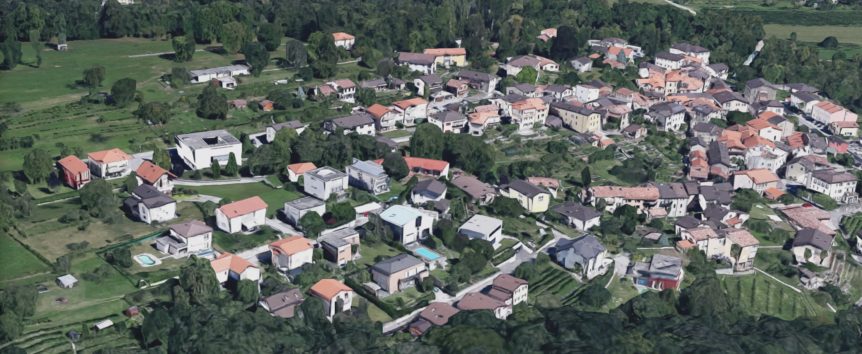AEM, in partnership with SUPSI and the companies Optimatik, Hive Power and Landis + Gyr, launches the pilot project “Lugaggia Innovation Community” (LIC), aimed at testing innovative solutions to enhance local energy resources and the production of energy from renewable sources . The project has the support of the Federal Office of Energy, the Cantonal Fund for Renewable Energy (FER) and the Authority for Development of Lugano Region (ERSL) and involves eighteen households from the village of Lugaggia (Municipality of Capriasca) .
The transition to renewable energy sources is one of the key objectives of the 2050 Energy Strategy and international policies in response to climate change. To implement this transition, it will be necessary to radically rethink the electrical system. In particular, Paolo Rossi, director of the Massagno Electrical Utility (AEM SA), notes that “Many of our customers do not just consume energy: they are also producers, thanks to the photovoltaic solar systems installed on the roofs of their homes. Almost always, they manage to consume on their own only a minimal part (20%) of the electricity produced by their photovoltaic system, while the remainder (80%) is fed into the electricity grid. This involves a problem of managing the electricity grid, which at low voltage is designed to bring energy to users, but not to take it away (a bit like using a one-way street, in both directions), and a financial loss direct for the user, given that the electricity fed into the network is paid much less than that which is withdrawn from the network. With the LIC project we try to overcome these problems ”.
The innovative solution being tested in Lugaggia is based on the possibility, recently authorized by the Federal Energy Ordinance, to create a “self-consumption community”: a group of consumers and producers who exchange energy internally, through regular contracts sales and purchase, managing their own consumption and the possibility of energy storage with the aim of maximizing the energy independence of the group itself.
Davide Rivola, SUPSI researcher in charge of the LIC project, explains that “In Lugaggia we identified an ideal configuration for a pilot project of self-consumption communities: in fact, we have eighteen houses (some of which are equipped with heat pumps) and five photovoltaic systems. The objective is to improve the factor of self-consumption of energy produced locally by the sun, through a comprehensive battery and an algorithm for managing the relationship between supply and demand based on artificial intelligence. This will limit the negative impacts on the network from excess energy transit and improve financial profitability for both producers and consumers. The experimentation will last two years, at the end of which we will be able to evaluate the critical points and the strengths of the self-consumption communities, to then replicate them on a large scale ”.
The Municipality of Capriasca, owner of the photovoltaic system on the nursery school, expressed its support for the creation of the LIC self-consumption community. The households of the eighteen identified homes have been contacted in recent weeks and almost all have already guaranteed their membership in the community. Despite the radical change in the technologies for setting up and managing the electricity grid, in fact, all the operations relating to the exchange of energy between the members of the community will take place automatically: from the point of view of the use of electricity by consumers, making part of the self-consumption community will not change anything compared to the current situation. “I do not exclude, however, that being part of a community of energy self-consumption, and the greater awareness of its consumption that will result, can also lead to a voluntary change in its consumption habits: I have many expectations of this project“, the director AEM Paolo Rossi concludes.

